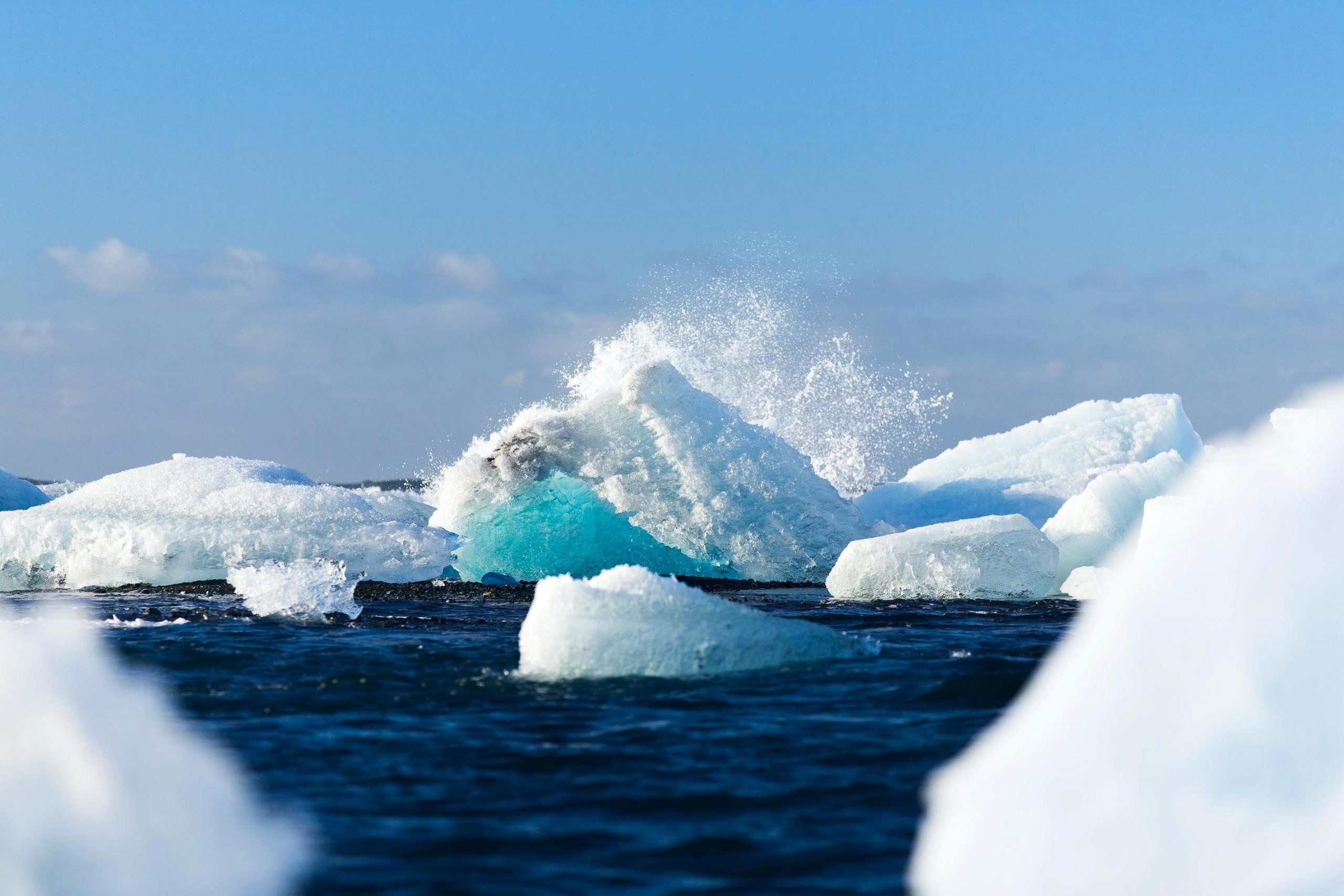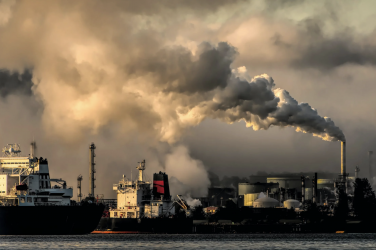At the height of the Arctic summer, the North Pole is missing almost 2 million square kilometres of ice compared to the 1981-2010 average. This area can be said to be 7 times the size of Italy.
2023 is the 6th worst year since records have been kept. A figure, announced by the US National Snow and Ice Data Center, which confirms the strong negative trend that is underway.
At present, the Arctic ice is 840,000 km2 larger than in 2012, when the record low was recorded with an area covered of 3.39 mln km2, today the area is 4.23 mln km2.
Every decade the ice cap shrinks by 12.5%, so on average the North Pole shrinks by 77,800 km2 each year. This year’s minimum came on 19 September, but climate fluctuations could lead to further late melting. The approaching cold period will help cool the air further by expanding the ice extent in autumn and winter. However, in areas with a low ice concentration, a late-season storm may compress the sea ice and reduce its extent.
According to estimates, the first completely Arctic ice-free summer is expected to arrive around 2050, but various studies believe that total melting will occur earlier, around 2030.









Show Comments